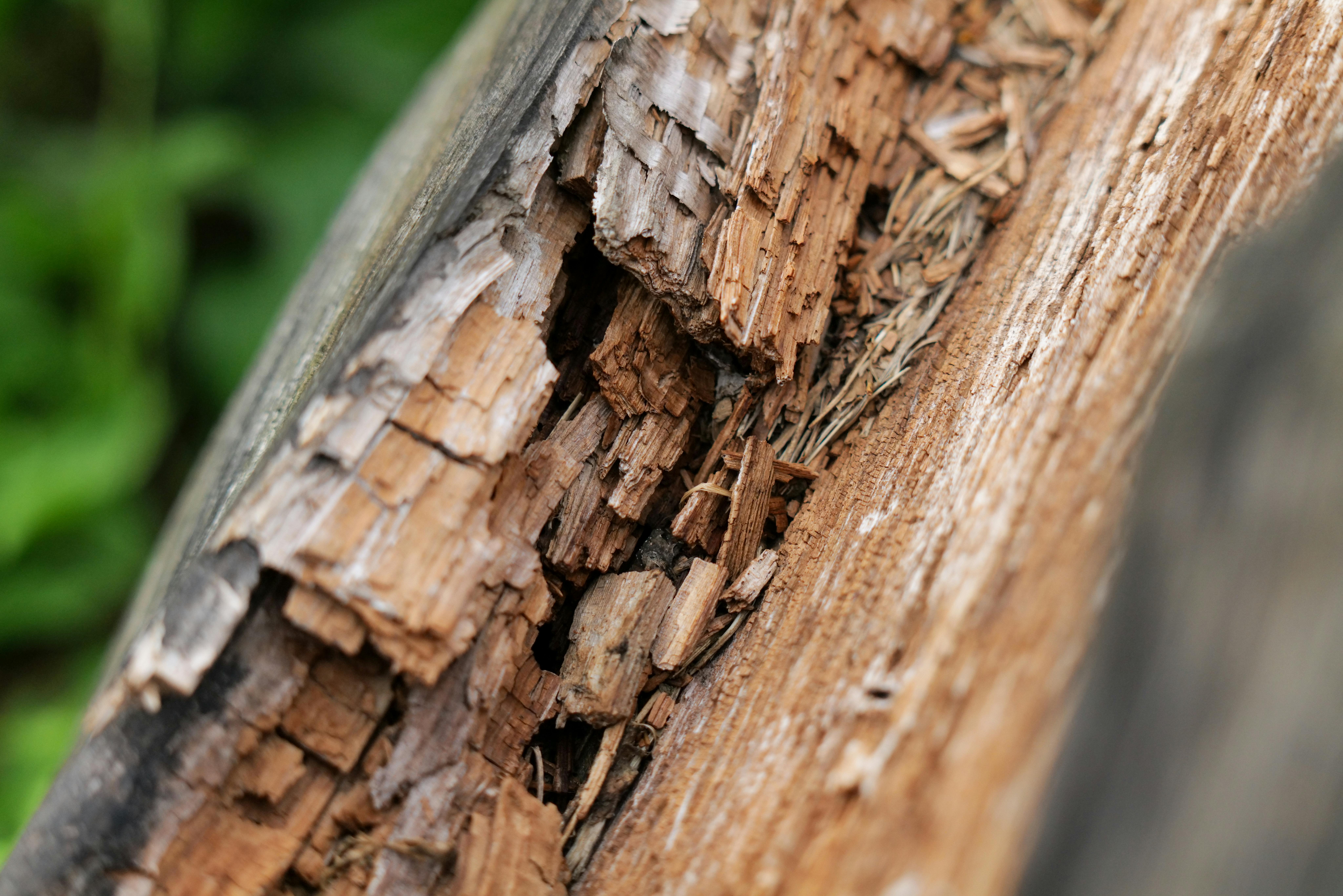The Hidden Dangers of Rotting Wood in Your Home
Rotting wood weakens your home’s structure and invites further damage. Learn when to call a carpenter to prevent costly repairs and protect your home!

Rotting wood isn’t just an eyesore—it’s a hidden danger that compromises the structural integrity of your home. Left untreated, it can spread, weaken essential supports, and lead to costly repairs. Moisture is the primary culprit, creating the perfect environment for fungi to break down the wood.
If you suspect rotting wood in your home, addressing it promptly is crucial to preventing further damage.
Signs of Rotting Wood You Shouldn’t Ignore
Recognising rotting wood early can save you from more significant structural issues. Here are some common warning signs:
- Soft, spongy, or crumbling wood – If you press on wood and it gives way easily, it’s likely rotting.
- Discolouration or dark spots – Wood affected by moisture often darkens before it starts to decay.
- Fungal growth or mould – Rotting wood creates a breeding ground for fungi, which can spread.
- Musty or damp odour – A persistent damp smell is often a sign of moisture damage.
- Warping or cracking – Wood that warps or starts splitting apart may already be compromised.
- Pest infestations – Termites and other wood-boring insects are attracted to rotting wood.
If you notice any of these signs, it’s time to investigate further.
 (Image source: Pexels)
(Image source: Pexels)
Common Areas Prone to Rot
Certain parts of your home are more vulnerable to wood rot due to frequent exposure to moisture. Keep an eye on these areas:
- Window and door frames – Rain and condensation can lead to hidden water damage.
- Decking and outdoor stairs – Constant exposure to the elements accelerates wood decay.
- Roof eaves and fascia boards – Poor gutter drainage can cause water to seep into wooden structures.
- Floorboards and skirting boards – Leaks from plumbing or damp basements can lead to rot.
- Structural beams and supports – If rot reaches load-bearing components, it poses serious safety risks.
The Risks of Ignoring Rotting Wood
Some homeowners assume that once moisture is removed, wood rot will stop progressing. While drying out damp wood may slow decay, rotted wood does not heal itself. If left unattended, it can:
- Spread to healthy wood, causing more extensive structural damage.
- Lead to expensive repairs, as what starts as a small issue can quickly escalate.
- Compromise safety, especially if load-bearing beams or floor supports are affected.
- Reduce your home’s value, as visible rot can be a red flag for potential buyers.
When to Call a Carpenter
If you suspect rotting wood in your home, a carpenter can assess the damage and recommend the best course of action. Here’s when to make the call:
- If the rot is widespread – Large areas of decay require expert assessment and replacement.
- If the affected wood is structural – Load-bearing beams, joists, or stairs should always be repaired by a professional.
- If you’re unsure of the extent of damage – Carpenters have the tools and expertise to determine whether wood needs partial or full replacement.
- If you need a long-lasting solution – Simply covering up rot with paint or filler won’t stop the problem.
A skilled carpenter can remove and replace rotted wood, ensuring your home remains safe and sturdy.
 (Image source: Pexels)
(Image source: Pexels)
Preventing Future Rot
Once rotting wood has been addressed, taking preventive measures will help protect your home from future damage:
- Maintain proper drainage – Ensure gutters and downspouts direct water away from your home.
- Seal and paint wood surfaces – Protective coatings can prevent moisture infiltration.
- Improve ventilation – Reduce humidity indoors to prevent wood from absorbing excess moisture.
- Inspect regularly – Checking vulnerable areas periodically can help you catch early signs of damage.
Rotting wood isn’t a problem that will fix itself, and waiting too long can lead to bigger, costlier issues. If you suspect wood rot in your home, hiring a skilled carpenter is the best way to ensure proper repairs. Don’t take chances with your home’s structure—find a qualified carpenter on ServiceSeeking.com.au and protect your investment today.
